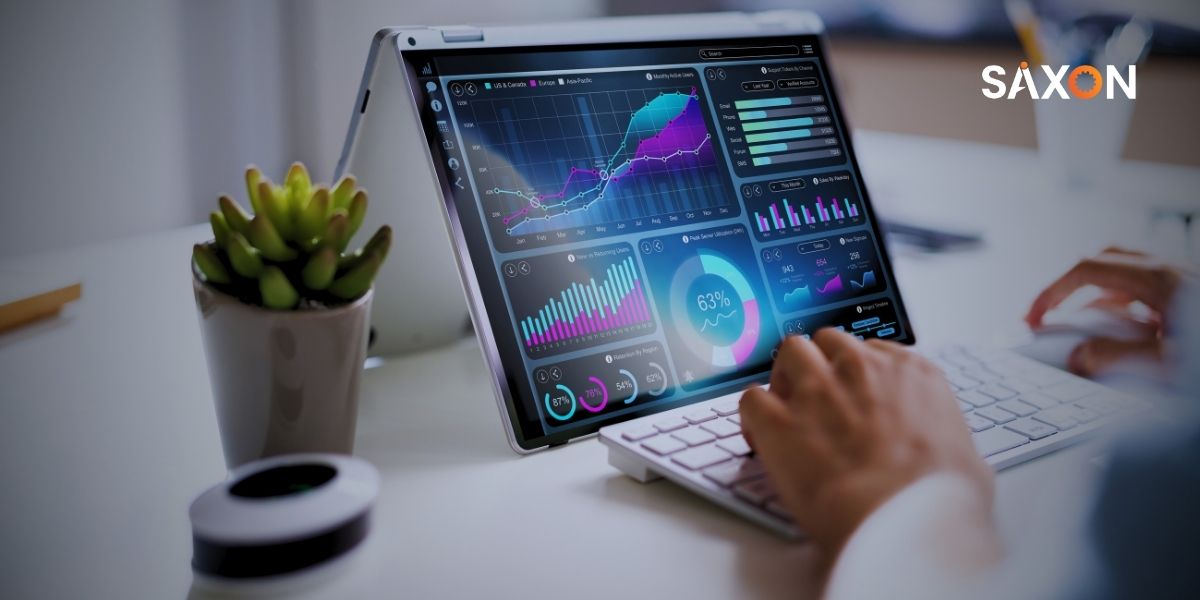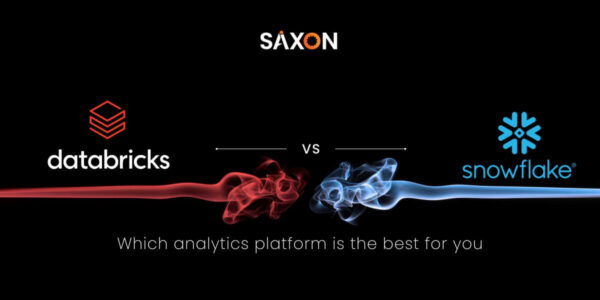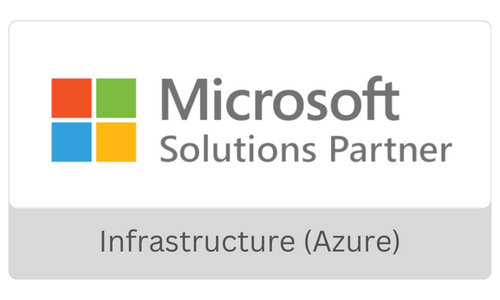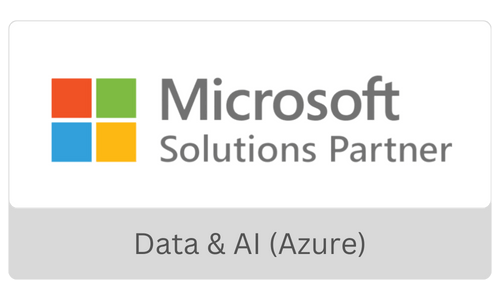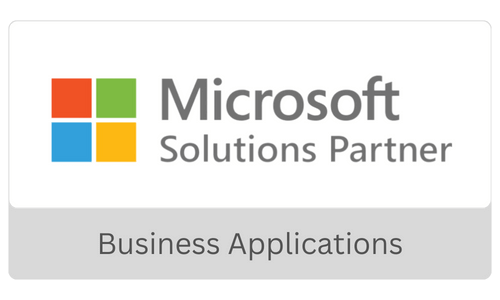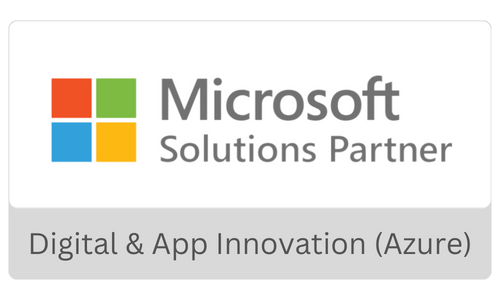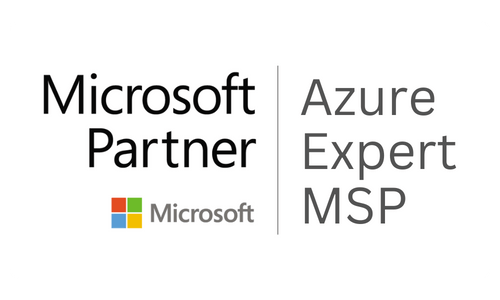Did you know that the data analytics market is expected to reach USD 378.7 billion by 2030, growing at a CAGR of 16.43%? As businesses globally grow, the demand for technology to help them become more efficient and productive and solve business challenges rises. With the surge in big data, demand for business intelligence, analytics, and real-time insights increases as businesses grow more complex. Similarly, organizations are also concerned about their data privacy and security, seeking data platforms that have robust security features. Several such trends, drivers, and opportunities have led to the constant evolution of these data analytics features that are constantly emerging. In this blog, we will take you through the latest trends businesses should watch out for in 2024.
That said, the organizations that prioritize data-driven decision-making (DDDM) and leverage the power of data, analytics, and AI to drive competitive advantage are going to be center stage this year. Business decisions based on instincts and guesswork (though it still happens) are out of the equation now. Data driven decision making is critical to create business value today.
Top 9 data analytics trends for 2024
- AI in data analytics or Augmented analytics- Scaling up and accelerating data analytics.
While traditional analytics call for IT analysts to sift through data, find insights, test them, and formulate reports on their findings, ML-based models can automate the process. By incorporating ML models in data analytics, the models will monitor data, identify anomalies, and alert teams in real time without human requirement. These ML models can analyze any data subset and give insights. They can identify correlations between millions of data points with utmost accuracy.
Incorporating ML in data analytics platforms and automating several complex tasks is also called augmented analytics. It can also integrate NLP, computer vision and other AI components into data analytics and empower the business users as well as data teams. Businesses can make sense of unstructured data much more seamlessly. They can harness it for several business processes, such as predictive analytics, visualizations, forecasting, and modeling. The augmented analytics market is rapidly growing with a wide range of business use cases. Research and Markets predict its growth at a CAGR of 26%, reaching a valuation of $32 billion in 2027.
- Synthetic data – providing high-quality data and ensuring privacy
Gartner predicts that by 2024, 60% of the data used for AI models and analytics solutions will be synthetic data. Being artificially generated data, synthetic data reflects the properties and mannerisms of real-world data, mathematically and statistically. Mainly used to train AI algorithms, synthetic data is the answer to all the concerns regarding data privacy.
What is synthetic data? It is generated by a computer program and is fake. As enterprises adopt AI and ML analytics systems, companies struggle to find large amounts of high-quality data to train these systems. Furthermore, with stringent privacy laws and safety concerns, real data is scarce. Computer-generated synthetic data that mimics the actual data in its patterns, distributions, and connections comes as a champion solution.
- Democratizing data systems
In any modern enterprise, data is usually siloed in specific departments. While data of a particular department is stuck there, other business users cannot harness it to get value. For other teams to harness the data, it has to be democratized. Data democratization is an emerging data analytics trend positioned to enhance DDDM.
According to a survey, 80% of business leaders believe that having access to data improves their decision-making. An HBR survey also states that 97% of business leaders say data democratization is crucial for business success. However, data democratization is still in its nascent stages. Having data democratized will also infer that many employees will become citizen data scientists. Furthermore, many enterprises also prefer having self-service data analytics tools that empower their employees to query and analyze data without much prior training. Many enterprises also invest in upskilling their managers to have citizen data analysts; one such business is Coca-Cola.
- Data Mesh Architecture
One architectural framework that supports self-service analytics is data mesh. Advocating decentralizing data ownership and management, data mesh treats data as a product and establishes domain-oriented data teams. So, within an enterprise, data mesh distributes the data responsibility across the various teams. This results in the teams taking ownership of their own data domains and making data-driven decisions independently. Since data mesh distributes the data, each business team can use its domain-specific tools and technologies. For example, the marketing and sales team can use a particular system, whereas the inventory management team can use a different one. Also, the data governance is domain team-specific and not imposed top-down. Each domain can govern and manage its data products according to its specific domain requirements. This architecture enables the individual teams to access, own, manage, experiment, and innovate the required data to enable effective decision-making.
For instance, though data is highly valuable in the financial industry, sharing within the organization also comes with risks and security issues.
JPMorgan Chase Bank deployed the data mesh architecture. Previously (before integrating the data mesh), their teams had to extract and join data from multiple systems in multiple domains to create reports. After implementation, the teams that own data share it in data lakes. This data becomes accessible to other teams through the enterprise data catalog, allowing them to locate and request it. Thus, data flows smoothly and directly from one team’s application to another.
- Data fabric- integrating data
Data fabric architecture is a compelling option for businesses that generate and deal with a lot of unstructured data. It enables businesses to integrate a modular approach, also called composability. Enterprises can incorporate new features and capabilities through composability, such as reusable, low-code, individual components. In contrast to traditional architecture, enterprises can integrate new changes and features to their business applications without redoing the tech stacks.
According to Gartner, data fabric reduces deployment time by 30% and maintenance time by 70%. Especially when it comes to tailoring analytics, this ability to reuse capabilities and technologies from various data warehouses, data lakes, and data hubs will go a long way.
- Edge Computing- providing real-time data insights
Real-time data analytics is becoming increasingly significant, especially in today’s intensely competitive landscape. To tackle this demand, enterprises are prioritizing the adoption of edge computing. The present statistics show that enterprises globally churn out over 64 zettabytes of data annually, which is projected to rise to 180 zettabytes by 2025. To process such an immense data influx, shuttling to and from the cloud becomes increasingly challenging. Especially when the demand is for lightning-fast data processing to get actual business value -leveraging edge analytics is the answer. Edge computing brings accelerated data processing and real-time insights for industries needing agile and swift responses. They can save time and resources to improve productivity and gain competitive advantage.
- Data as a Service- a one-stop-shop for managing data
Every enterprise may not have the capability to source, store, and analyze data seamlessly like the large tech enterprises. However, SMEs also generate large amounts of data. To stay competitive, utilizing that data is essential. They can turn towards Data-as-a-Service or DaaS. DaaS companies are a one-stop shop for collecting, storing, and analyzing data services on a subscription basis. Typically processed through cloud computing, they deliver their services to end users via network instead of running it locally. Since most enterprises are moving towards cloud computing, we expect the adoption of DaaS to be rapid as well. No wonder Technavio projects that the DaaS market will contribute $56.85 billion in value by 2027, growing at an astounding CAGR of 36.92%.
- Operationalizing Gen AI
With the advent and bloom of Generative AI in 2023, business sectors actively seek to implement it across various use cases. Enterprises either develop their own Gen AI platforms or test the platforms built by technology partners. Globally, enterprises have also successfully executed POCs for Gen AI models across industries. The focus is now on using these insights and learnings to practice within organizations. The trend is now on operationalizing Gen AI models in 2024 and beyond. The key components for operationalizing include:
- Cleaning, harmonizing, and aligning data, systems, processes, and tech stacks.
- Selecting the right Gen AI platform with its use cases.
- Updating and training the users, including internal teams, vendors, and customers.
- Justifying ROI and further planning.
- Small and Wide Data Analytics or Small Language Models
While large language models or LLMs have been the craze in 2023, designing and running LLMs on the cloud is an expensive proposition. One solution to this is Small Data and Wide Data, or Small Language Models (SLMs). Small Data collects and analyses data sets that you source from individual enterprises or to support individual problem-solving use cases. It gives answers to specific questions. On the other hand, Wide Data ties together various disparate data sources from a wide range of sources to give meaningful insights. Comparing the cost and resources to build LLMs, SLMs can be very cost-effective while providing flexibility. Still in its nascent stage, SLMs are all set to develop in the years ahead. Some instances include hyper-local food delivery harnessing small data analytics or retail companies using small data analytics to understand customer behavior and launch localized sales and marketing campaigns.
Conclusion
We all saw how 2023 was legendary in adopting and innovating with data analytics and AI. Looking at the growing demand and trends, 2024 will also be pivotal in adopting advanced data and analytics in organizations. Businesses have realized that leveraging data insights and enabling proactive data-driven decisions and strategies is the way to forge ahead toward success. At Saxon AI, we continue to learn, adapt, and innovate from these latest data analytics trends in 2024. Are you looking to discuss these trends and find out what can be applicable for your business use case? Book an appointment with us, and our data experts will get in touch with you.

